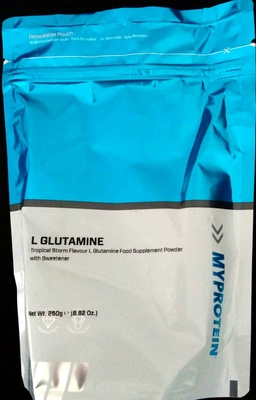L Glutamine Tropical Storm Flavour - MyProtein - 250 g
This product page is not complete. You can help to complete it by editing it and adding more data from the photos we have, or by taking more photos using the app for Android or iPhone/iPad. Thank you!
×
Barcode: 5055534320020 (EAN / EAN-13)
Quantity: 250 g
Brands: MyProtein
Categories: Dietary supplements, Bodybuilding supplements, Glutamine
Manufacturing or processing places: United Kingdom
Countries where sold: Germany








